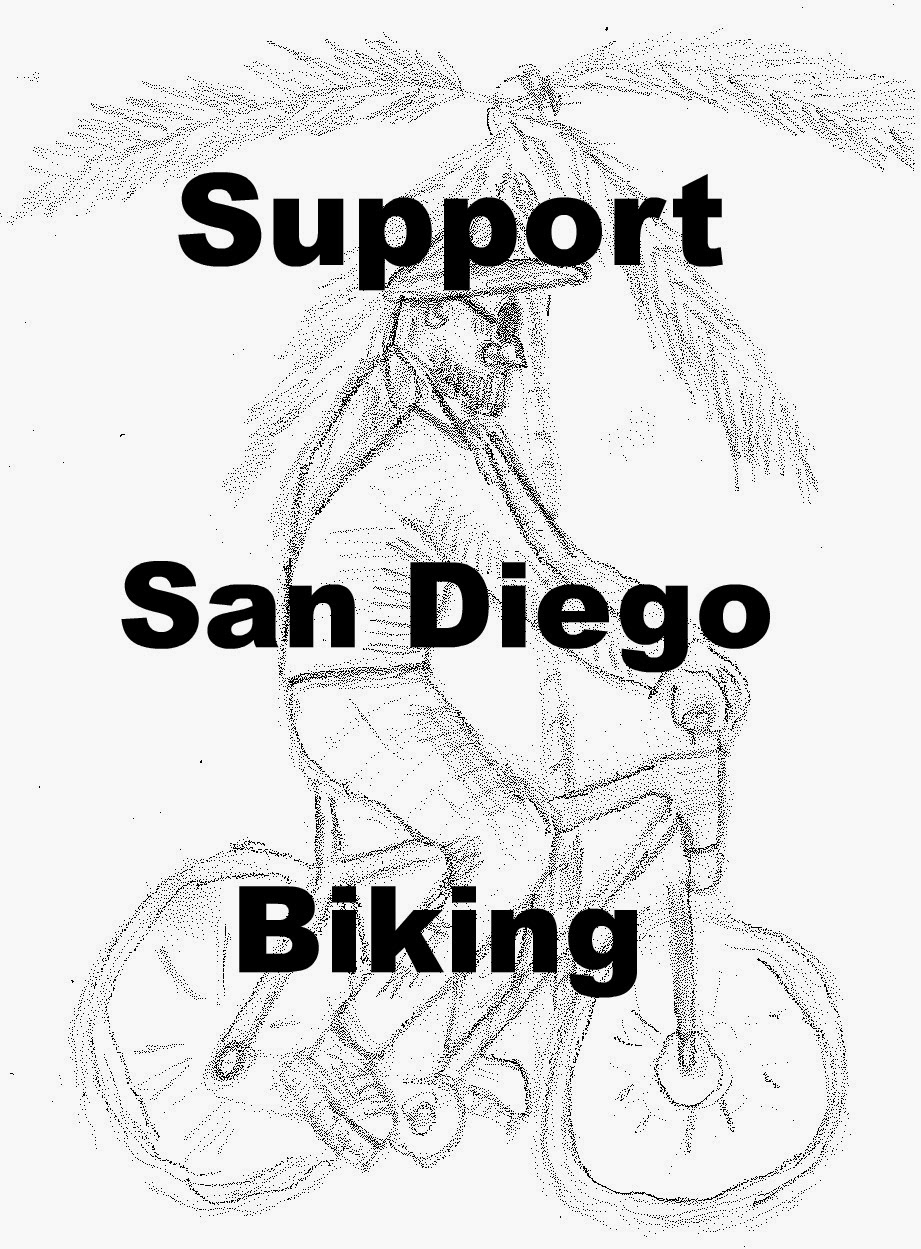“As part of our Road to
Veterans Day, VA is taking a hard look at everything we do in order to
reorganize the Department around the needs of Veterans. Direct feedback from
Veterans, employees and stakeholders is an important component of that Roadmap,
and key to improving our services and operations,” states VA Secretary
McDonald (Veterans
Administration,2015).
Organizations use virtual feedback loops to understand how top level policies impact users on the bottom level. Sometimes feedback comment boxes are successful in collecting relevant information while at other times they pigeon hole the information into inaccurate data. Ensuring that online feedback loops are effective and offer alternative methods of presenting information is important.
Having occasional face-to-face meetings offer opportunities for people to air their grievances to a real person they can hold accountable. It is important for those officials to provide their contact information. They will need to be empowered to make changes when consistent themes are discovered that could potentially improve the hospitals.
The VA has been plagued by problems for a long time leaving a large swath of veterans unable to get the services they need. There is some indication that a number veterans have lost their lives trying to navigate the system. VA administrators allegedly hid the inefficient and ineffective methods from stakeholders and superiors thereby allowing dysfunction to grow.
The face-to-face town hall meetings should only be a launch to more accountability. Adaptive organizations develop adequate feedback loops that are able to make meaningful use of information while not inadvertently masking that information because of poor survey design. Leaving an open comment section in surveys and using a human evaluator in addition to automatic systems helps to ensure that open comments are collected and synthesized properly.
All collected information can be reviewed on a regular basis and consistently applied to policy development and departmental approval. Incremental changes will help keep the organization responsive to its mission and to the people it serves. The process of growth and development relies on the ability to develop a semi-open system that incorporates, collects, and implements useful information and suggestions. There is nothing stopping the effective management and creation of adaptable government systems other than the people in it.
Organizations use virtual feedback loops to understand how top level policies impact users on the bottom level. Sometimes feedback comment boxes are successful in collecting relevant information while at other times they pigeon hole the information into inaccurate data. Ensuring that online feedback loops are effective and offer alternative methods of presenting information is important.
Having occasional face-to-face meetings offer opportunities for people to air their grievances to a real person they can hold accountable. It is important for those officials to provide their contact information. They will need to be empowered to make changes when consistent themes are discovered that could potentially improve the hospitals.
The VA has been plagued by problems for a long time leaving a large swath of veterans unable to get the services they need. There is some indication that a number veterans have lost their lives trying to navigate the system. VA administrators allegedly hid the inefficient and ineffective methods from stakeholders and superiors thereby allowing dysfunction to grow.
The face-to-face town hall meetings should only be a launch to more accountability. Adaptive organizations develop adequate feedback loops that are able to make meaningful use of information while not inadvertently masking that information because of poor survey design. Leaving an open comment section in surveys and using a human evaluator in addition to automatic systems helps to ensure that open comments are collected and synthesized properly.
All collected information can be reviewed on a regular basis and consistently applied to policy development and departmental approval. Incremental changes will help keep the organization responsive to its mission and to the people it serves. The process of growth and development relies on the ability to develop a semi-open system that incorporates, collects, and implements useful information and suggestions. There is nothing stopping the effective management and creation of adaptable government systems other than the people in it.



